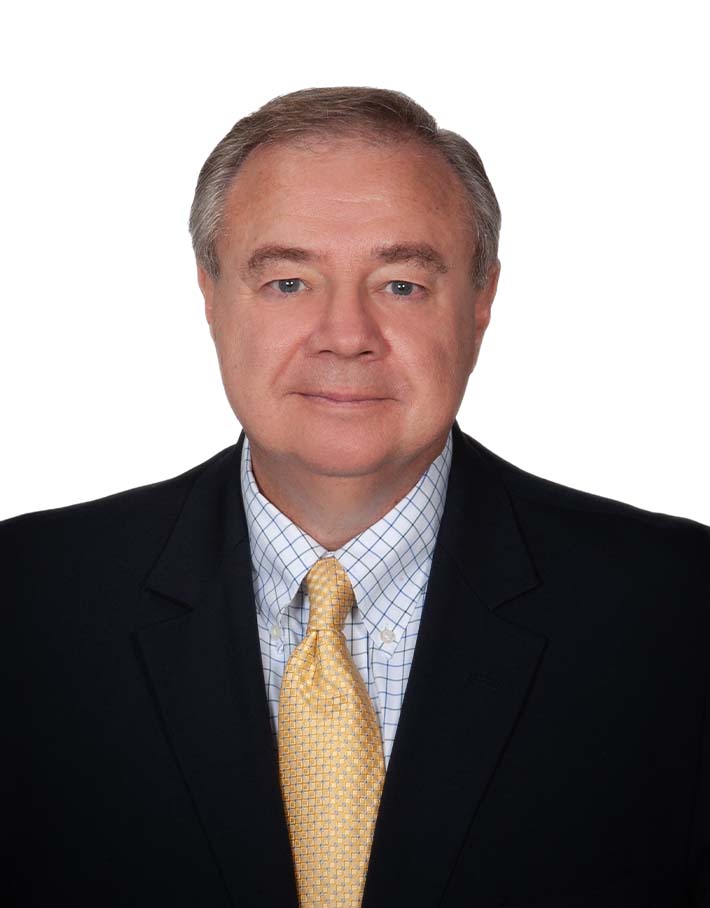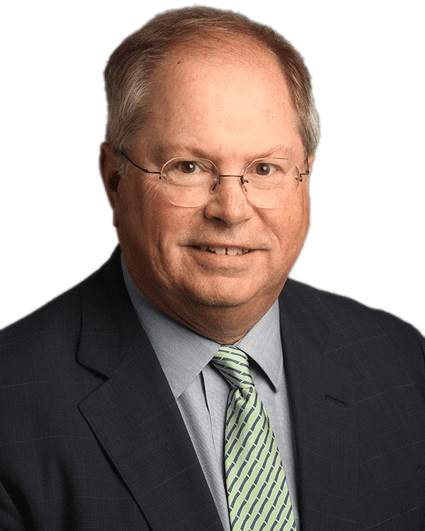How to Optimize Your Trade Desk
By Bob Mooney, Jeff Gearhart and Frank Childress
Subscribe to our original industry insights
Trade desks can drive revenue growth and profitability, differentiate products and services, and be a fundamental need for advisor and investment services. In today’s podcast, Oyster’s Capital Markets experts share their industry experience around starting and managing a successful trade desk.
Transcript
Transcript provided by TEMI
Libby Hall: Hi, and welcome to the Oyster Stew Podcast. I’m Libby Hall, Director of Communications for Oyster Consulting. Trade Desk can drive revenue, growth and profitability. They can differentiate products and services, or they can simply be a fundamental need for advisor and investment services. In today’s podcast, Oyster Capital Markets experts share their industry experience around starting and managing a successful trade desk. Let’s get started.
Bob Mooney: Thank you, Libby. I’m Bob Mooney, General Counsel at Oyster Consulting. I’m pleased to be joined today by Frank Childress and Jeff Gearhart. On today’s podcast, we’ll be talking about creating and maintaining a successful trading desk. Frank, let me start with you. Before we get into the specific components involved in creating and maintaining a trading desk, can you describe what you would consider to be the characteristics of a successful trading desk?
Frank Childress: Sure, Bob. That’s a great way to kick it off. It really starts with a clear vision and strategy from the top of the firm down and a focus for the trading desk. And it needs to flow through the management levels all the way down to the traders on the desk. Clearly there are some givens as you think about a trading desk and depending on what the nature of the firm is, but obviously the asset class of the desk, whether it’s fixed income or equities, is going to be determined. There’s likely to be some understanding of whether it’s an agency desk or principal desk, but other aspects are more nuanced. And, you know, if the trading desk has clients you want to understand the level of facilitation and how you’re going to treat those clients. The service levels that you’re going to be providing to your customers is going to be important.
And that needs to be clearly understood at all levels of the desk. The vision of the desk needs to be established, maintained by the leadership of the firm and completely transparent to everybody on the desk. And it’s not just when the desk is initiated or when they start the desk. We’ve seen certain situations where you see leadership changes in a firm or in a trading desk, and there may be changes that people want to make. So that vision, the focus of the desk needs to be reviewed and updated regularly. So new people on the desk and perhaps new leadership on the desk is fully clear with what the purpose of the trading desk is for.
Jeff Gearhart: I agree with those comments that Frank just made. I think setting up the desk can almost be the easy part because everybody’s alert and aware, and you have the strategy you’re trying to execute. The ongoing maintenance is the hard part of a successful desk. Frank mentioned turnover in senior management. From my own personal experience, if the desk deviates, for example, it’s a client-centric desk to facilitate client flow, but the traders start to take larger positions or not positioning what’s needed for client distribution, it can lead to problems and maybe outsize risk. So that becomes a very relevant factor. I also think you have to factor in the appropriate management techniques going forward and thinking of a risk weighted capital type approach. The desk might be very successful from a P&L aspect, but it might be taking outside risk, using too much balance sheet, something outside of your strategy. So the ongoing maintenance, I think, becomes critical. One of the things that Jeff alluded to is exactly what I was thinking about is traders by their nature tend to push the envelope a little bit. So it’s incumbent upon the management team to not only be clear in what their goals and objectives are, but to also have the proper surveillance systems in place to make sure that traders are doing what’s intended by the firm.
Bob Mooney: Jeff, you mentioned the role of the desk needs to be closely aligned with the strategy of the firm. How do you ensure this happens?
Jeff Gearhart: Fair question, and I was talking earlier about ongoing management, but one tool we used effectively was really a trader mandate. This might have originated out of a regulatory requirement, but the mandate not only lays out the limits, but it defines the role of the desk, the purpose of the desk. And then when you build your management controls around it, how you’re evaluating P&L, how you’re assigning capital to the desk, it almost becomes an inherent process to reinforce the correct behaviors. For example, risk balance sheet is earned in the trading world. You don’t just automatically take outsize positions or risks or things of that nature. So through the diligence of the day to day, you can continue to reinforce the correct behavior and the correct activities. I was involved with client-centric deaths. So we wanted high volume, high velocity of turnover.
We wanted positions that we could distribute to our clients, an institutional client base and we wanted our traders giving our clients good pricing through managing that process. It almost reinforces it. Now, some of the things that went wrong was when a trader would end up with 500 line items of age positions. So you have an age control report so you can quickly identify when things are going wrong. That’s I think an example of getting into the weeds of how you can manage the performance and manage the behavior and encourage the right aspect of it. Frank, I don’t know if you have any perspective from that.
Frank Childress: Yeah, I’ll just add that as I mentioned before, traders sometimes will push the boundaries and it’s just incumbent upon the management level to stay in close contact, and to make sure that they understand what their mandates are, and to continually review those. And whether it’s a capital committing desk that may be managing risk as well, or an agency desk, there are certain benchmarks that you can use to make sure that you’re all on the same page. As well, it’s important to have technology surveillance tools, whether they’re third party and there’s plenty available, or in house built that properly and appropriately surveil the desk and flag for things that you want to make sure that you’re keeping in line, whether it’s firm specific risk controls or regulatory risk controls.
Jeff Gearhart: Frank, I think those are good points. You said something that caught my interest. Traders like to push to the limits. And I’ve had traders say to me, if you’re not maxing out your limits, then you’re not doing a good job. I don’t know that a lot of risk people would agree with that. I think you’re given a range of where you should trade and it’s to let you effectively take care of opportunities in the marketplace. That’s my perspective of limits. There are times, especially when volatility goes up, or what we’re seeing with rates currently, where you would not have the same positions as you would’ve had a year or two ago. And maybe limits haven’t come in, but you certainly should have position and risk management is fluid and dynamic, probably don’t agree with pushing the envelope consistently.
Frank Childress: Yeah, we used to so certainly we would have list limits on the trading desk, but we would continually reinforce that those were limits, not goals or objectives. So traders would like to go directly to the limit. And that wasn’t the intent.
Bob Mooney: You both have mentioned the importance of systems in managing the business and managing the risk associated with the business. Can you talk a little bit about the considerations involved in your technology selection?
Jeff Gearhart: Sure. I’ll go first on that one. And maybe just share this perspective because it’s such a large topic, it probably deserves more time down the road. When you look at technology, the equity markets are certainly there from the front end. The fixed income markets are increasingly electronic driven. By that I mean, electronic trading, when you look at corporates and high yield, they increase year over year. So, it’s the reality we are entering the time of electronic trading, which is great. It can make things more efficient and improved. Transparency, you name it, it’s good across the board, but you have to fit your technology to your platform. We’ve been involved in some messy selection activities. We’ve been involved in technology for the clearing aspect of things. You have to match your technology providers with your goals and objectives and make sure it fits your needs.
And you have to think of it start to finish, how’s the trade executed? Great. You did the trade really efficiently, but we can’t connect to the back office. We’re having too many fails. Or we’ve actually seen some shops that have quite a few manual exercises to do quote straight through processing, which obviously isn’t straight through processing. So you have to look at the whole stack, start to finish from onboarding to trading to settlement to issue and error resolution. And then you have to put your surveillance in risk management systems on top of it. So that’s a lot to think about. But the point is, technology’s driving that and technology’s sitting resident on the trading desk. So now you have a whole new set of risks. If you have a trader programming, what barriers do you have so that they don’t put something live and all of a sudden start hitting trades. They don’t want to, but a trader can bring down a company very quickly. So whole new set of controls, whole new set of risks, whole lot of good opportunities to take advantage of.
Frank Childress: So I’d add that Jeff and I both come from more traditional broker dealer models, broker dealer bank models, but as evidence to the importance of technology is that there’s a whole industry of FinTech that starts with technology in search of a problem. And in a lot of cases, that problem or that that industry is the brokerage industry, the financial industry. So they are technology firms that have specifically gotten into trading because they see opportunities. So they start from the technology side. And this is candidly displacing and taking business away from some of the other more traditional firms that are brokerage firms that utilize technology. But I think it’s incumbent for traditional firms to understand that technology needs to lead. It can’t just be a tool.
You need to lead with technology if you are going to hope to maintain and compete with firms that start with technology and then learn the business side of it. So I think it’s important to stick with a program, whether you’re building in house or relying on third party systems and the upgrades and opportunities that they provide. If you’re building in-house, you had better have a long-range plan or a very strong systems background that can continually provide support and make trading a significant priority for the firm.
Bob Mooney:
Thanks, Frank and Jeff, that’s all we have time for today. If you’d like to learn more about how Oyster can help your firm with establishing and maintaining an effective trading desk and the technology considerations that go along with it, we can help with that. You can learn more about myself, Bob Mooney, Jeff Gearhart and Frank Childress by visiting our website at oysterllc.com.





